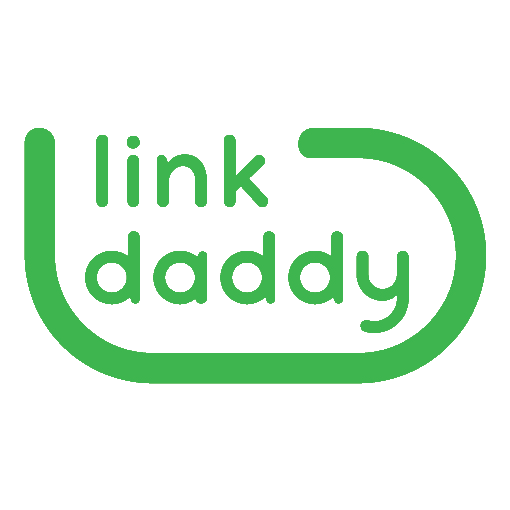
Understanding Linguistic Devaluation in Branding
In today’s fast-paced marketplace, the language of branding — from the words we choose to the tone we adopt — can significantly impact a brand's identity and audience connection. Linguistic devaluation occurs when brands fail to choose words that resonate with their target demographics, leaving them distant and confused. This dilution of language manifests not only in branding services but also extends to marketing strategies that lack clarity and vigor.
The Shift Towards Effective Brand Identity
Brand identity consists of the unique elements that distinguish one entity from another. A significant aspect of this is how businesses communicate their values and mission. Brands like Nike and Apple successfully employ language that inspires and innovates. For example, Nike’s iconic slogan “Just Do It” isn’t just catchy; it evokes a sense of motivation and determination that aligns perfectly with its market positioning.
Why Words Matter in Marketing Strategy
The importance of effective language in marketing strategy cannot be overstated. Brands must establish a clear voice—tone, style, and context must match the target audience. Too formal, and you risk alienating younger consumers who crave authenticity; too casual, and you may seem unprofessional to higher-end clients. This is where brand language becomes pivotal. If a brand wants to succeed, especially in competitive markets, its language choices must lead to a solid connection with its audience.
Real-World Examples: Successful Branding Language
Geico exemplifies how a distinctive voice can weave humor into serious business, reinforcing brand loyalty through memorable marketing campaigns. Similarly, Disney successfully embodies joy and wonder, synonymous with its branding. This power of words showcases how important it is to curate language that resonates.
Crafting a Unique Value Proposition
Every business needs a unique value proposition statement that clearly outlines its distinctiveness. This language must be concise yet descriptive enough to convey what sets a brand apart from its competitors. Brands should ask themselves: What resonates with our audience? What problems do we solve, and how can we articulate this? These questions will guide them in formulating a brand language tailored to their audience.
Future Predictions: Marketing Language Trends
The landscape of brand language is ever-evolving. With digital platforms gaining prevalence, brands now have new opportunities to connect with audiences through interactive experiences such as AR/VR. Anticipating trends, brands that can adapt their narratives in line with cultural shifts will maintain relevance and drive engagement.
Steps to Build Your Brand's Language
- Know Your Audience: Begin with user personas to understand who they are and what they need. Tailoring language to fit their expectations is crucial.
- Communicate Consistently: Develop and adopt a set of brand language guidelines that everyone in your business can follow to ensure consistency.
- Be Open to Change: The market is dynamic, and your language must adapt accordingly. Continuous feedback and revisions based on customer interaction will improve your brand voice.
Tools and Techniques to Enhance Brand Language
Utilizing tools such as customer feedback surveys, social listening tools, and analytics can provide critical insights into how your language is perceived. Understanding consumer sentiment allows for adjustments in branding strategy that resonate more deeply with your audience.
Concluding Thoughts on Linguistic Empowerment
Linguistic empowerment in branding is paramount to establishing a **professional website** presence and a loyal customer base. As brands navigate the complexities of identity and value communication, crafting a well-defined brand language will set them apart in the bustling marketplace. As professionals and marketers, embracing the power of their words can lead to meaningful connections and greater business success.
To take your branding strategy to the next level and resonate deeper with your audience, start refining your brand's language today. Analyze your current messaging and seek feedback to identify areas for improvement; the language of your brand matters more than you may realize!
 Add Row
Add Row  Add
Add 




Write A Comment